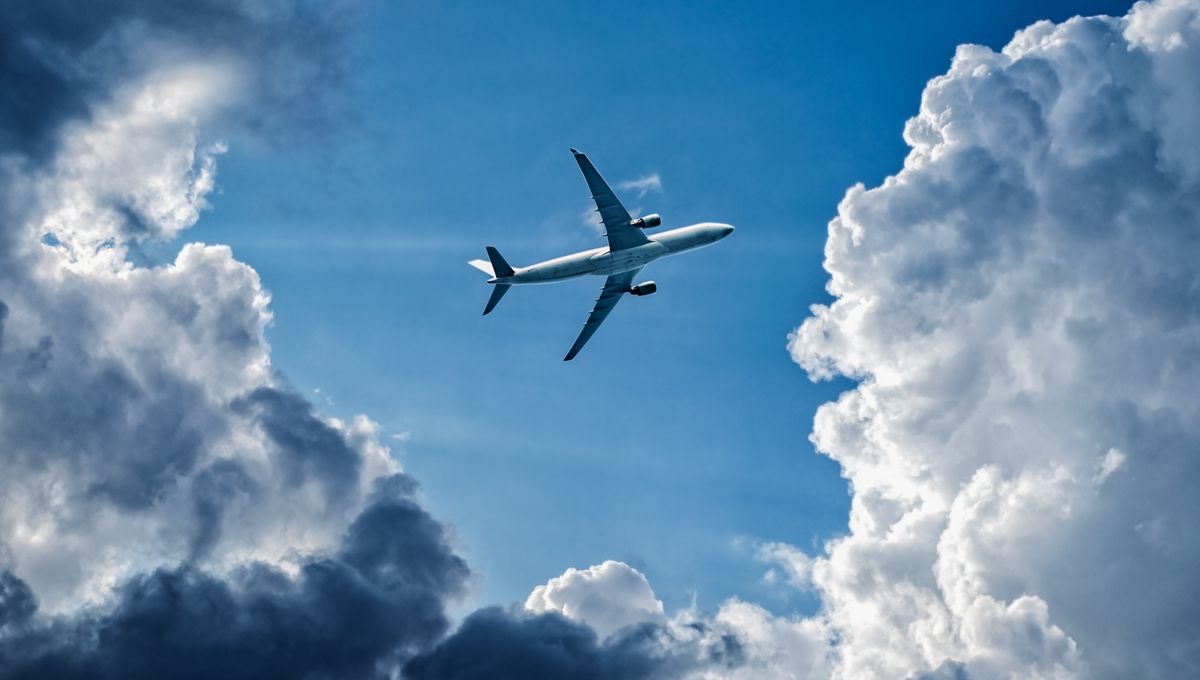
On May 21, one person died and several were injured after a flight from London to Singapore was struck by severe turbulence. Though such fatalities are rare, and turbulence is usually only mildly bumpy, some scientists believe we could be seeing more of it.
What is turbulence?
Turbulence is a sudden, irregular change in airflow caused by whirls of air known as eddies and vertical currents. These can be created by a multitude of features, including thunderstorms, dense cumulonimbus clouds, and even the air around mountains.
Encountering this in an airplane can cause the craft to abruptly drop in altitude – a bit like a car dipping down when it hits a pothole in the road. And much like that situation, hitting turbulence in an aircraft can feel bumpy, the intensity of which depends on the severity of the turbulence.
In many cases, that bumpiness is mild, and pilots have protocols in place to try and avoid turbulence where possible. This includes flying at high altitudes, but also using current weather reports, forecasts, and in-flight radars to pinpoint possible problem areas. That and, in the case of avoiding storms, looking out the massive window at the front of the plane.
However, there’s one type of turbulence that doesn’t show up on weather radars: clear-air turbulence (CAT). Often found in jet streams where cold and hot air collide, the Federal Aviation Administration (FAA) calls it “especially troublesome” because it happens suddenly and with no visual warning.
Is turbulence dangerous?
Many airlines make an announcement before takeoff recommending passengers keep their seatbelt on at all times, and make sure luggage is secured, because of turbulence. The reason for that is because when a plane drops during turbulence, gravity has less of a pull on you (and other objects) than the effect of that sudden vertical motion.
“What that means is that if you’re not seat belted, by definition, you’ll become a projectile, you’re a catapult, you will lift up out of your seat,” Paul Williams, a professor of atmospheric science at the University of Reading, told the New York Times.
That in itself can cause people injury to themselves and others around them, as can the inevitable fall back down.
Though that can have some serious consequences, as the recent Singapore Airlines incident demonstrates, turbulence-related deaths and injuries are extremely rare. According to the FAA, there were 163 serious turbulence injuries between 2009 and 2022, with the highest figure in a single year being 18.
Is turbulence becoming more common?
Some scientists think that turbulence, particularly CAT, is likely to become more frequent as a result of climate change – with one study concluding that the increase has already begun.
A team from the University of Reading, including Paul Williams, analyzed trends in CAT across the globe over the course of 40 years. In that study, they found that by 2020, severe CAT in the North Atlantic had increased by 55 percent since 1979.
This, the authors concluded, is consistent with the effects of climate change on jet streams. According to recent commentary from Williams, that means turbulence could get even more common in the future.
“Our latest future projections indicate a doubling or trebling of severe turbulence in the jet streams in the coming decades, if the climate continues to change as we expect,” the atmospheric scientist explained.
In that case, probably best to buckle up.
All “explainer” articles are confirmed by fact checkers to be correct at time of publishing. Text, images, and links may be edited, removed, or added to at a later date to keep information current.
Source Link: How Does Turbulence Work And Is It Becoming More Frequent?